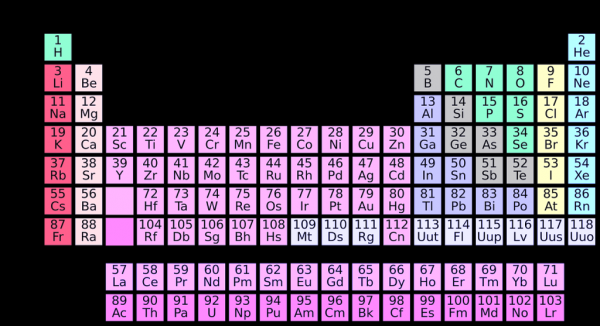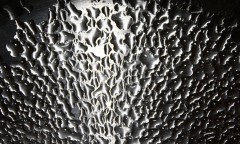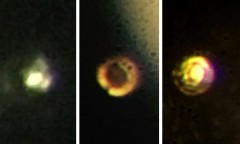By Jenia Cane, | February 27, 2017

Scientists theorize the metallic hydrogen sample could have been misplaced or degraded.
Researchers at Harvard University made a breakthrough last month when they revealed they have been able to produce the world's first metallic hydrogen sample. With this achievement, it was said the team was able to finally unlock the "holy grail of high pressure physics."
However, this scientific breakthrough may have all gone down the drain, as the scientists reported that the sample has mysteriously disappeared. This is certainly a huge letdown for the science community as researchers have been working over the past eight years to create the substance that is capable of superconducting electricity without resistance at room temperature.
Like Us on Facebook
Scientists theorize the metallic hydrogen sample could have been misplaced or degraded. It was reportedly stored in a diamond vice inside a laboratory that was set near absolute zero.
"It's either someplace at room pressure, very small, or it just turned back into a gas," disclosed Isaac Silvera, a natural sciences professor at Harvard who is one of the researchers that took part in the experiment. He added they do not have an idea of what happened to the material.
Silvera and another Harvard scientist Ranga Dias announced they were able to form a small sample of metallic hydrogen. They claimed they were able to do this by compressing hydrogen atoms using a diamond anvil that was set at 495 gigapascals.
But when the two utilized a low-pressure laser to measure the system's pressure, the diamond vice was allegedly destroyed. The diamond shattered as if it was just made out baking soda, said Silvera.
Silvera and Dias, however, have not lost hope, as they are now getting ready to conduct another experiment that would hopefully produce the same material. Other scientists such as Geophysicist Alexander Goncharov who have performed similar experiments remain skeptical that the Harvard duo were indeed able to create the substance.
In the meantime, theories abound as to why there is no trace whatsoever of the substance since its disappearance. It is possible that the metal sample could have been lost within the metal gasket that was used to contain it, while there's a possibility that the material was so volatile it could have turned to gas at room temperature and subjected to normal pressure.
"I've never seen a diamond shatter like that. It was so powdered on the surface, it looked like baking soda or something like that," Silvera said.
"I didn't believe it was diamond, it was such a fine powder," he added.
The scientists, who doubt Silvera and Dias' claims, argue the measurements of the sample's reflective qualities were not conclusive. They want solid proof that metallic hydrogen can be created.
-
Use of Coronavirus Pandemic Drones Raises Privacy Concerns: Drones Spread Fear, Local Officials Say

-
Coronavirus Hampers The Delivery Of Lockheed Martin F-35 Stealth Fighters For 2020

-
Instagram Speeds Up Plans to Add Account Memorialization Feature Due to COVID-19 Deaths

-
NASA: Perseverance Plans to Bring 'Mars Rock' to Earth in 2031

-
600 Dead And 3,000 In The Hospital as Iranians Believed Drinking High-Concentrations of Alcohol Can Cure The Coronavirus

-
600 Dead And 3,000 In The Hospital as Iranians Believed Drinking High-Concentrations of Alcohol Can Cure The Coronavirus

-
COVID-19: Doctors, Nurses Use Virtual Reality to Learn New Skills in Treating Coronavirus Patients









